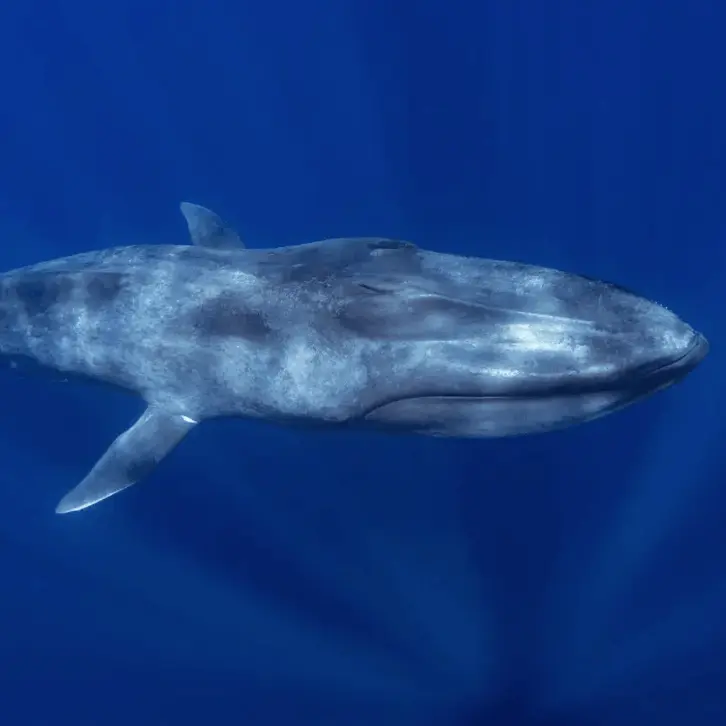
Top 10 Fascinating Facts About Blue Whales
Blue whales are the gentle giants of the deep, holding the title of the largest animal to ever live on Earth. Their sheer size and remarkable biology make them some of the most fascinating creatures in the natural world. Let’s dive into the top ten facts that showcase just how incredible blue whales really are.
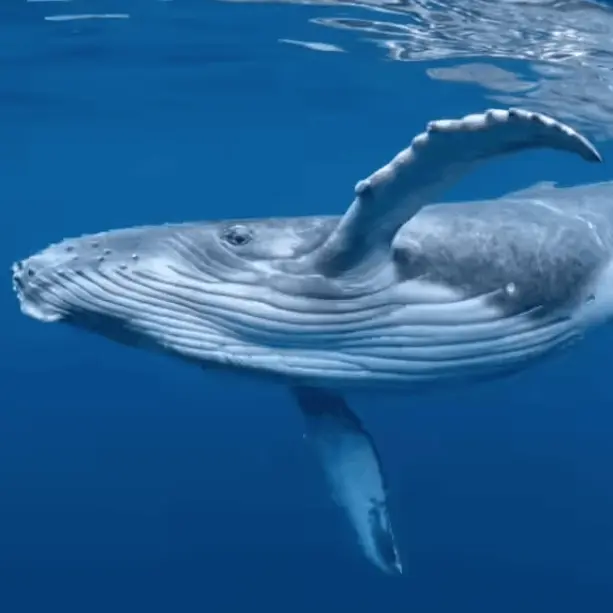
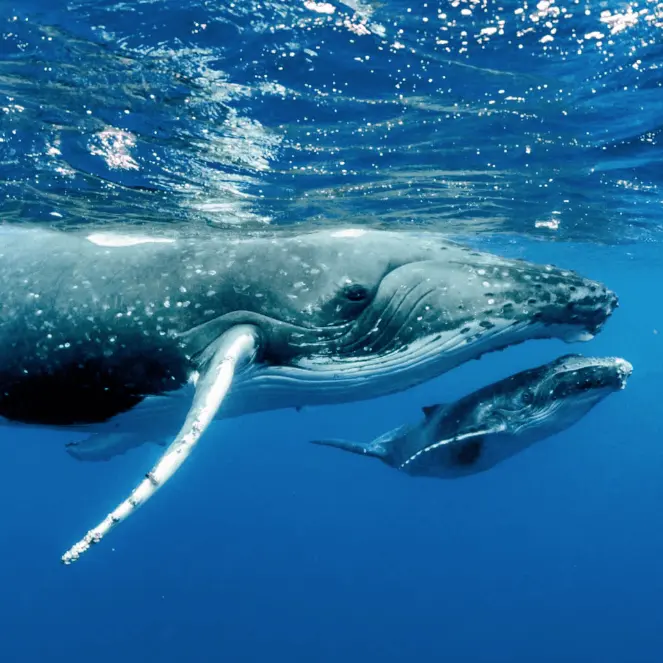
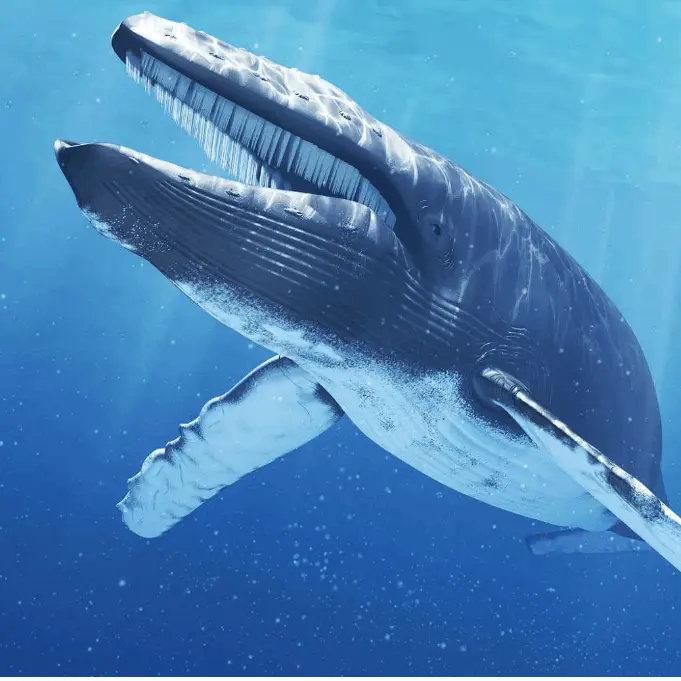
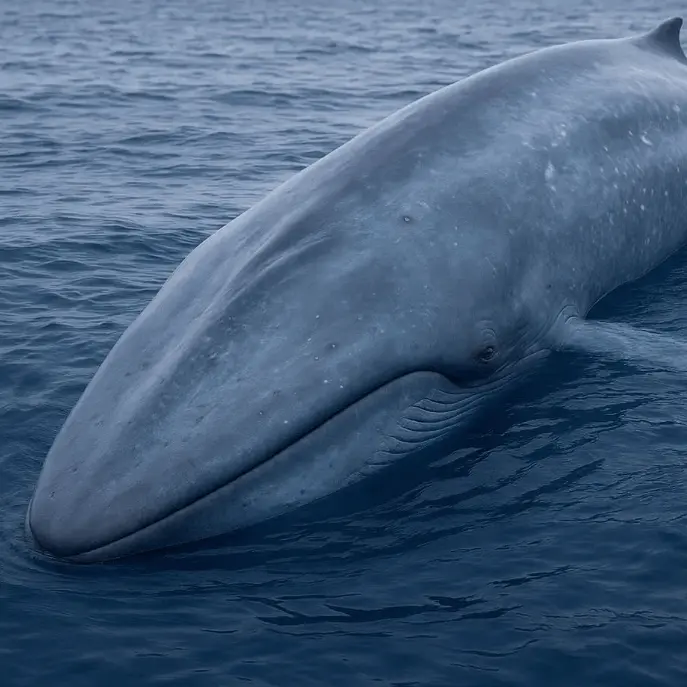
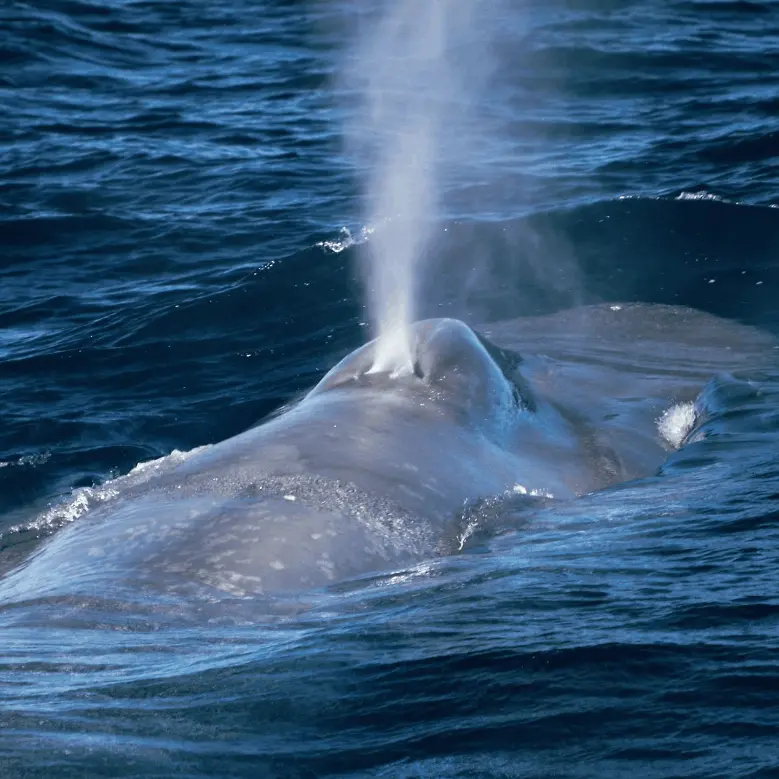
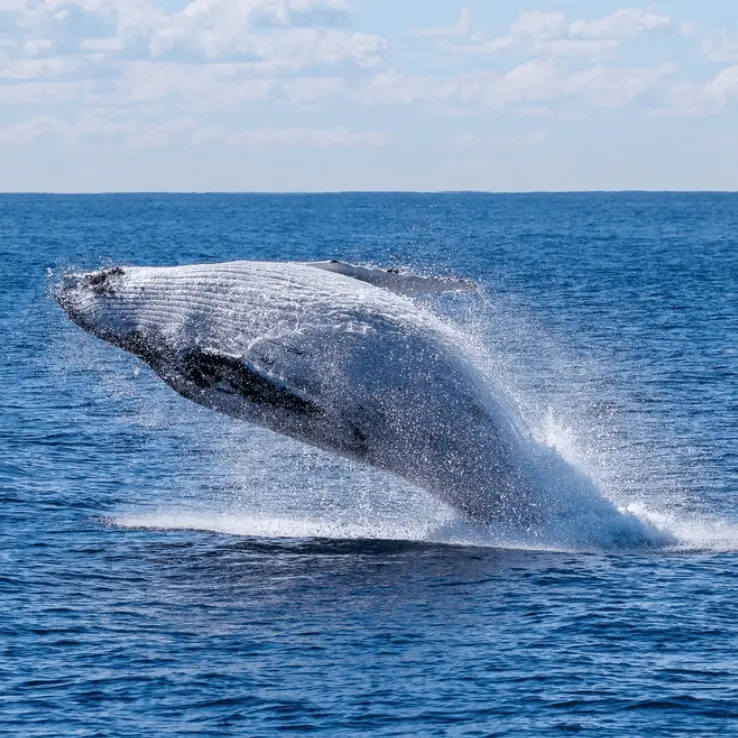
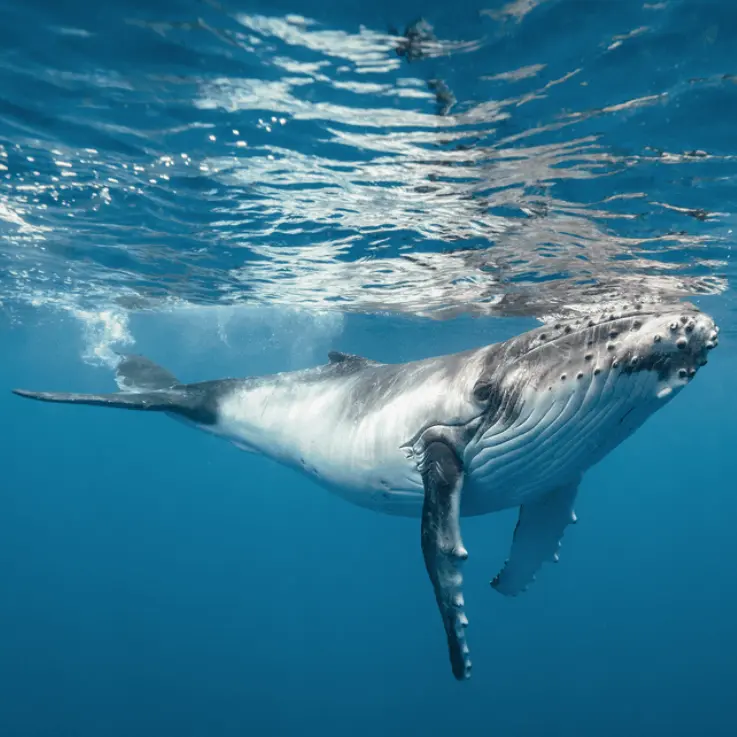
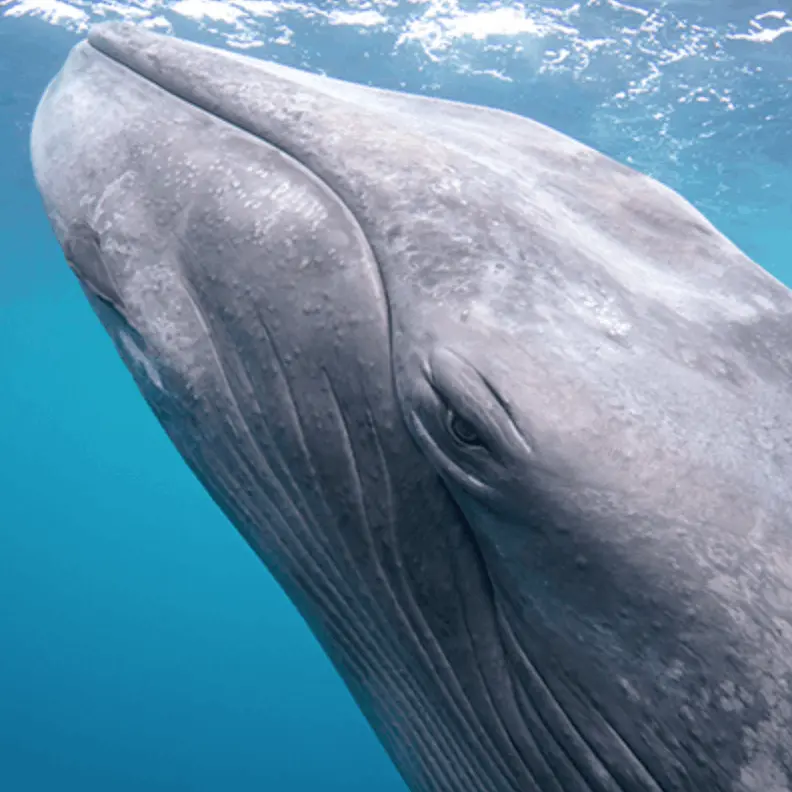
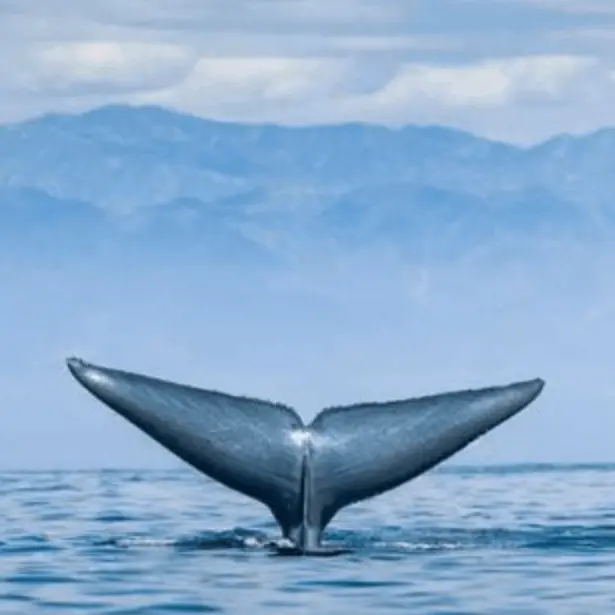
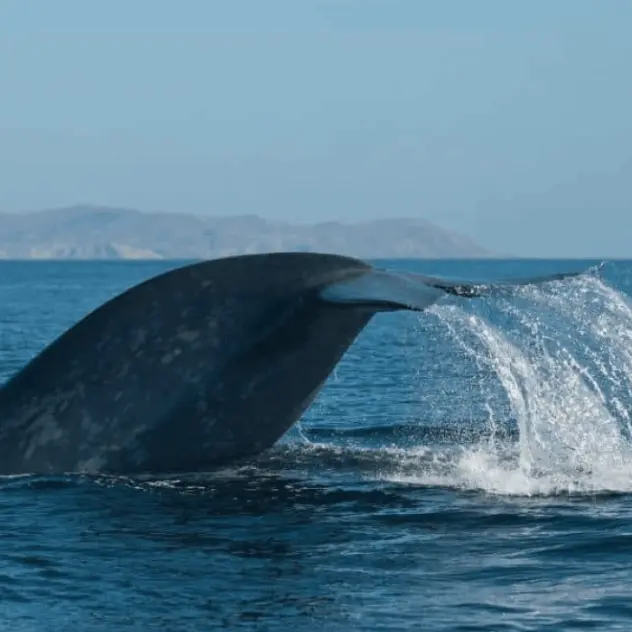
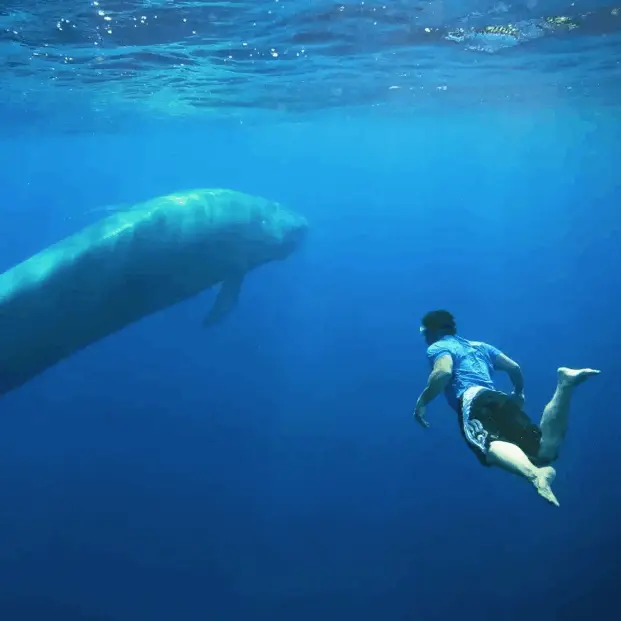
Follow Us